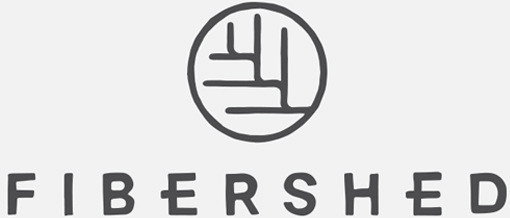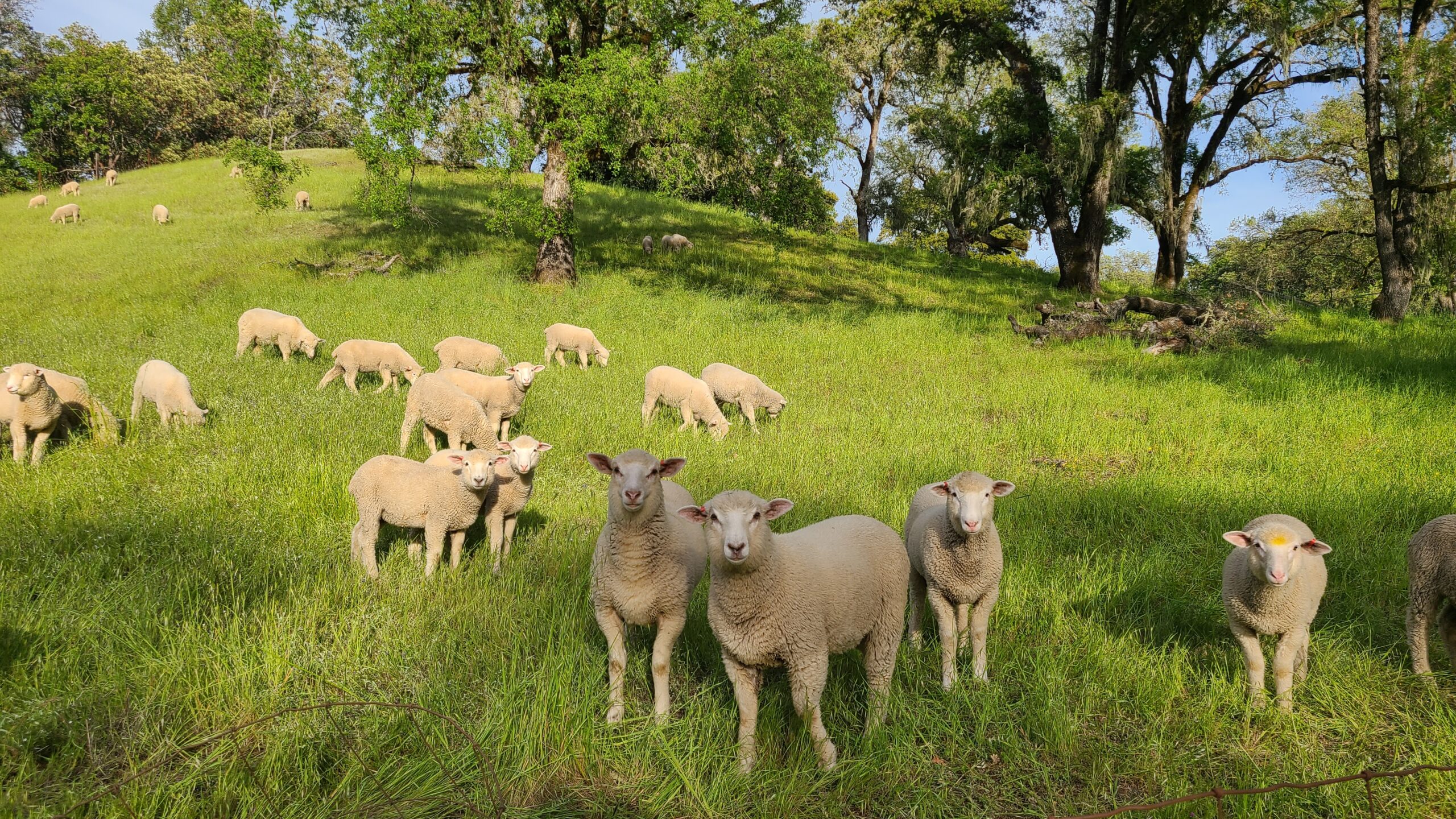
In April 2024, 45 students completed shearing schools offered by the University of California Cooperative Extension (UCCE) of Mendocino County and the UC Hopland Research & Extension Center (HREC), and supported by Fibershed through scholarships and equity pricing. Students came to Mendocino County, California from as far as Maine, Montana, Idaho, Wyoming, and Michigan, and learned to shear either the resident flock at Hopland or the ewes of Kaos Sheep Outfit, which provides sustainable target grazing services for vineyards, orchards and more throughout Northern California.
Both schools covered why sheep need to be sheared, for their basic health and wellbeing, and numerous techniques to keep sheep and shearers injury free. Students learned the fundamentals of humane, efficient shearing, including low-stress stockmanship methods, fasting and overnight preparation for sheep safety and longevity, and the nuances of proper equipment selection and set-up of machine, handpiece, comb and cutter. Grinding and sharpening of gear and stretching exercises and body awareness work were also part of each day of instruction.
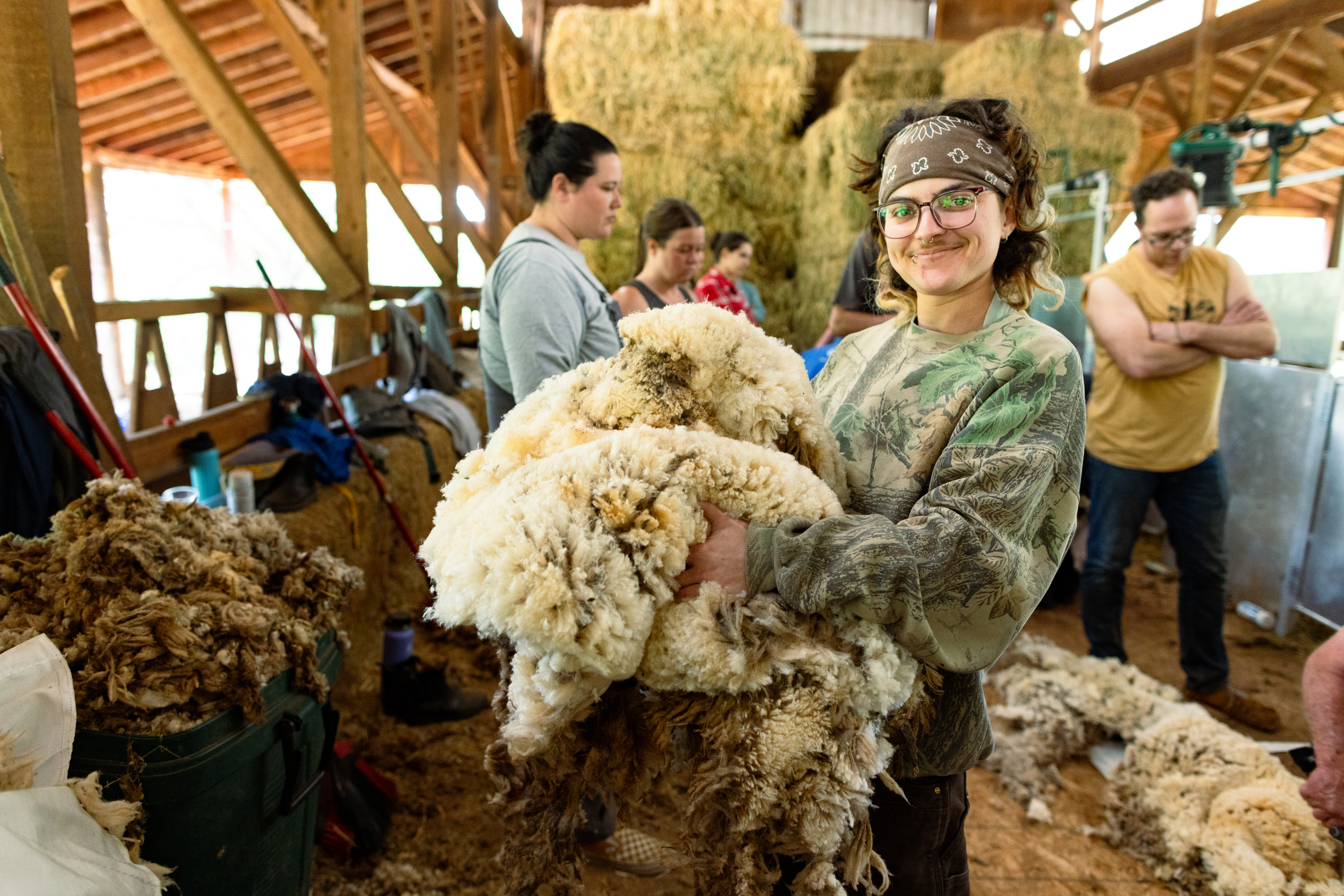
Cedar Jo completed the Washington State Shearing School in 2023 and received a Fibershed scholarship to attend the 2024 UCCE school at Pluth Ranch. Cedar appreciated the scholarship and said: “The support meant I could worry less about my expenses and focus on the experience. As a farmer, fiber artist, and now sheep shearer, I am proud to say I know now what it takes to make a garment from the ground up. I am hopeful that we are experiencing a movement towards sustainable farming and textiles. But it starts with supporting those of us who are trying to make a living with these “old-school” practices. We are not reinventing the wheel here, moreso we are honoring those generations before us who figured out a symbiotic relationship with our sheep and dog kin. As long as we have sheep, we will need sheep shearers, and it means everything to me to be able to learn these age-old skills and keep these practices alive. Thank you, Fibershed community, for making it possible!”
Compared to other skilled trades, sheep shearing has comparatively low start-up costs, but they are still significant. School attendance alone can cost over $800, and there are travel expenses as well as equipment costs of $1,500 to get an initial shearing kit together. Hannah Bird, Community Educator at the HREC, said, “Equity pricing allowed people to select a payment that suited their budget. Only one of nine participants in the Sheep Shearing and Basic Care class was able to pay the full amount. All others needed the support from equity pricing to attend. Of the six participants in the Technique Refinement course, only two were able to pay the full amount.”
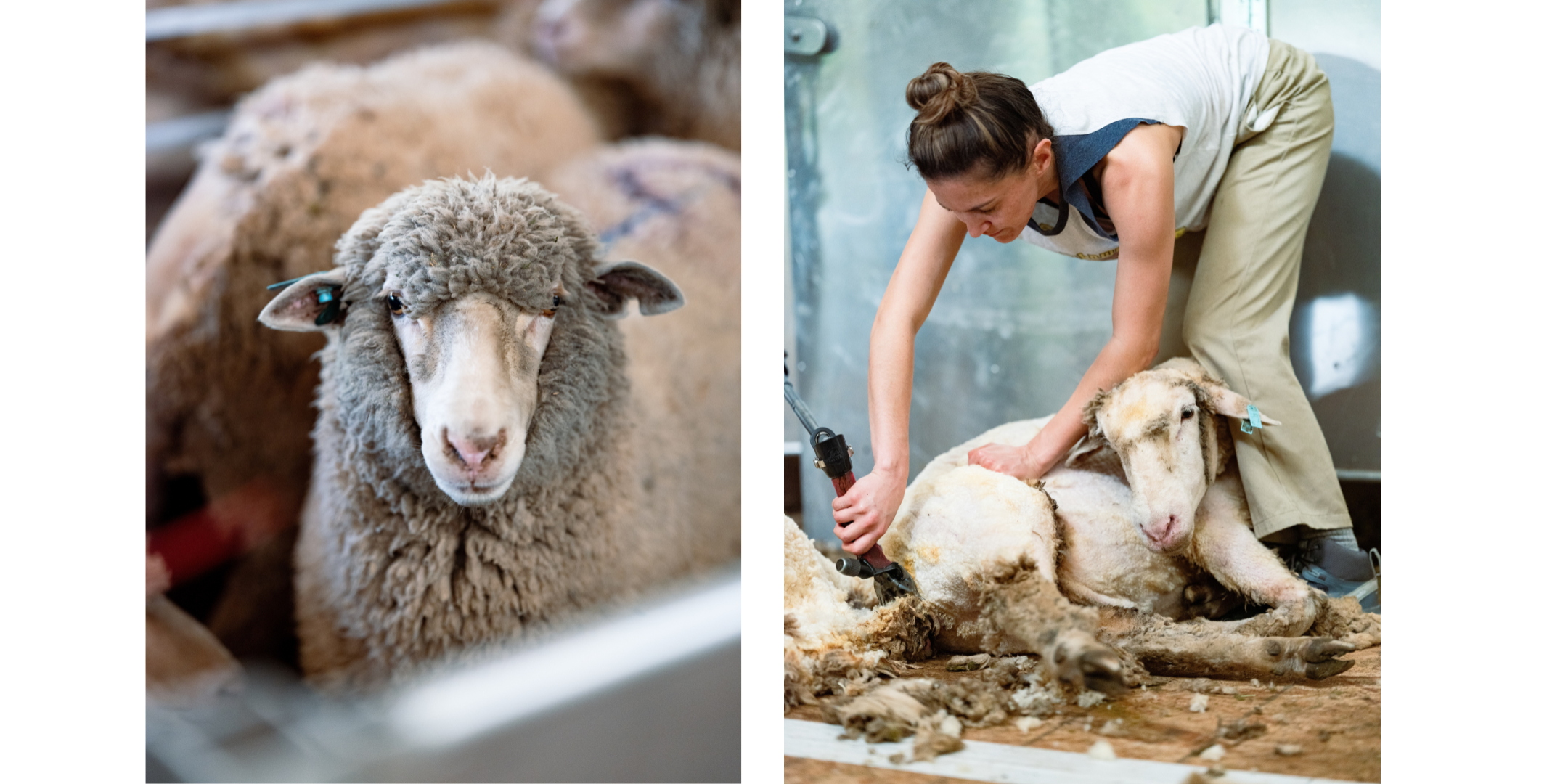
Saill White, of Sonoma County, California, attended the Technique Refinement course after completing the HREC school in 2023. In the past year, Saill sheared about 50 sheep. She said, “During that year I gained a bit of skill, but I still had SO many places that my mind and body froze up, often from the fear of cutting the sheep, often from the need to problem-solve a particularly feisty sheep, or one with a new wool texture or a differently shaped body. During that time, I wished I had an instructor at hand, to talk me through the places I was stuck. When I heard that Hopland was offering a shearing technique refinement class I jumped at the opportunity. I left the class with immensely more confidence and competence than before.”
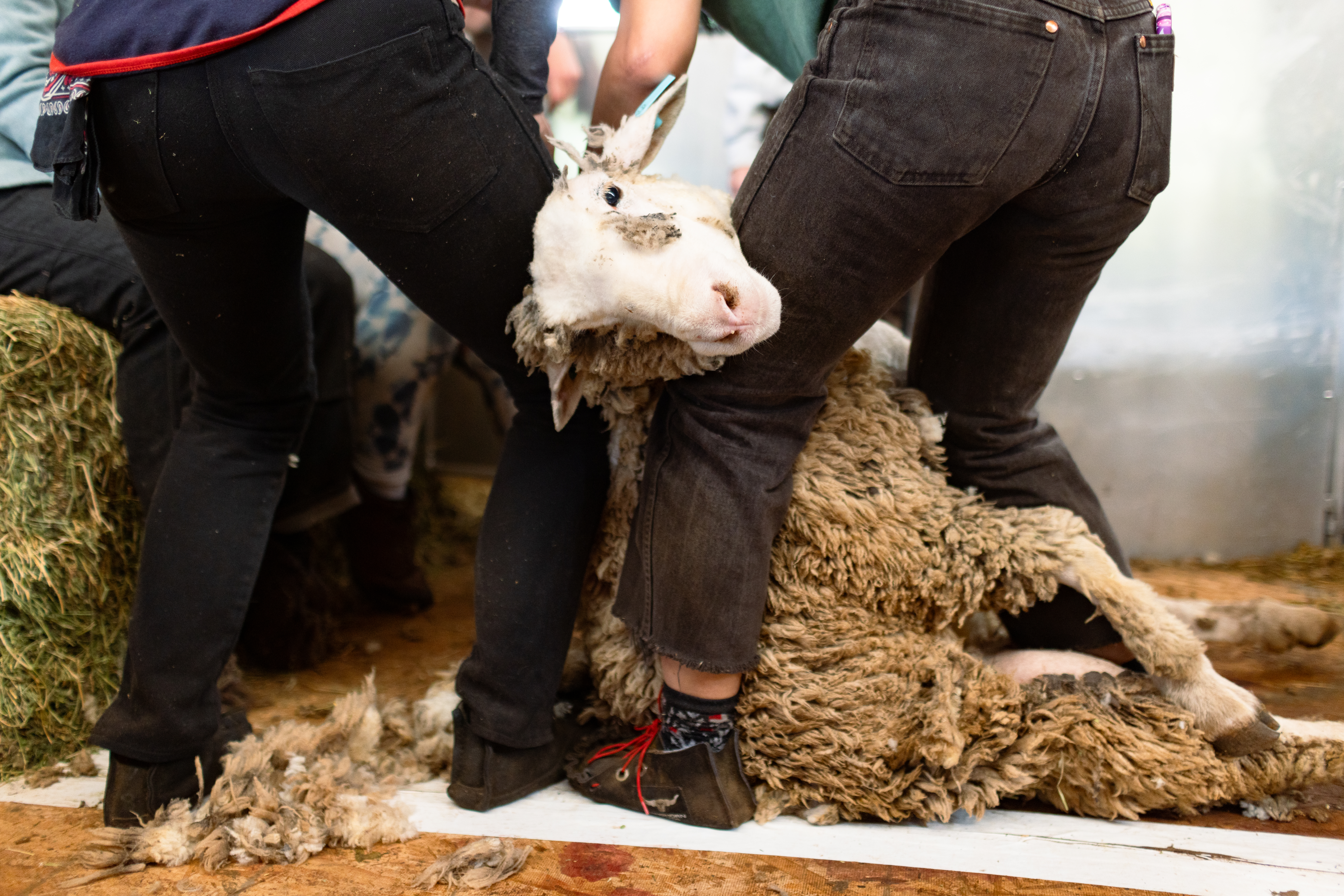
Barehanded shearing of already-sheared sheep was a student favorite. In this activity, students go through each shearing motion using only their bare hands to feel the sheep’s body, without the handpiece and machine to worry about. Some students even completed this exercise with their eyes closed or blindfolded, in order to more deeply focus on shearing exclusively by feel and motion. Saill described the experience as “Absolutely grounding. This exercise taught me that I already know where the sheep is and how to balance her. My thinking brain needed this reassurance.”
By the end of the week, students focused on shearing a sheep as perfectly and cleanly as possible, slowly and with attention to precision and “detail bits,” like wool on the sheep’s faces, legs, and armpits. “With gentle reinforcement of proper technique, I sheared my sheep more easily and cleanly than any sheep before her,” Saill said. “I am so grateful for this experience.”
The Fibershed community thanks all of the shearing instructors, Kaos Sheep Outfit, and the Pluth family for making these schools possible.
